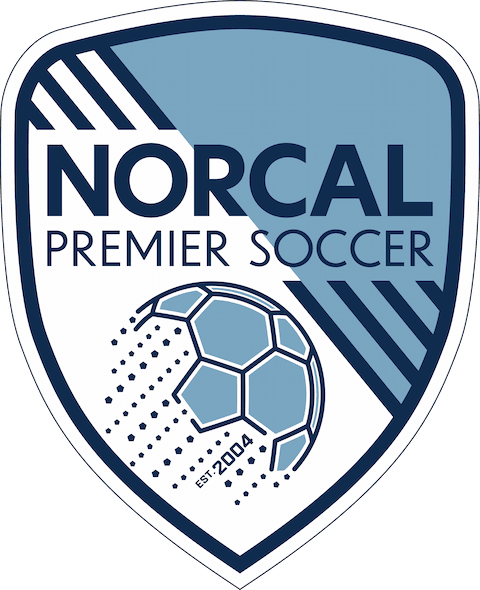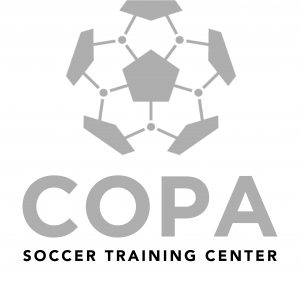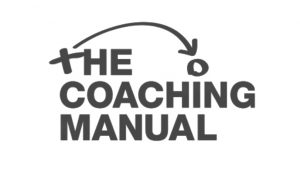2023 NorCal Summer Coaching Symposium: Day 1

More than 200 coaches from all across Northern California arrived Friday for day one of NorCal Premier Soccer’s world class, three day Summer Coaching Symposium, co-hosted by Oakland Roots Sports Club.
Hosted at the Roots’ training facility in Alameda, the first day of the event featured lectures and field sessions delivered by former Dutch National Team assistant Frans Hoek and Ukraine Women’s National Team head coach Lluis Cortes.
“I’ve been to a number of NorCal events and they’re all fantastic,” said East County Revolution Director of Coaching Tom Ginocchio. “I always come away richer in knowledge than I come into it.”
The event began with Hoek returning yet again to go through an in depth video analysis of how the Netherlands prepared for their round of 16 matchup against the United States in this past World Cup.
Even in an analysis of a game between two senior national teams, Hoek still managed to relate the game back to the eager learners in the audience, who mostly work in the youth game.

“If you want to grow, you have to go outside of your comfort zone,” Hoek said. “I don’t care about pressure, it’s something between your eyes, between your ears. You fail, so what? What I tell you, it will be different from your club, your age group, etc, you have to translate it to your level.”
From there, Hoek passed the mic over to Cortes, who made a name for himself in coaching FC Barcelona Femeni in their groundbreaking treble season before being handed the reins for the Ukraine women.
While Cortes explained the differences between coaching a club team and a national team, he also provided insight on his game model, which included creating a cohesive staff all the way down to the kit man and media officer.
“Everyone is important, all the way down to the kit manager because maybe if a player doesn’t want long sleeves, but gets long sleeves, then the only thing he’s thinking about from now on is his sleeves and not the game,” Cortes said before bringing up the example surrounding the media officer. “Today it’s not just about what you do, but how you show the world what you’re doing.”
Following that, he painted a picture of how he sees the game, showing the audience a video of a congested intersection that didn’t include stop signs or stop lights, just a plethora of cars trying to go their different ways while somehow not crashing into each other.

“Football is that,” he said, pointing at the screen. “It’s chaotic, it’s unpredictable, there are multiple factors, and there’s constant adaptation. But can you explain the chaos? Can you control the chaos? We have to teach the players how to adapt to this chaos, how to take in new information.”
Following a short break for lunch, Hoek returned to the dias for a quick explanation on a movement he’s shepherding that’s trying to change the name of the goalkeeper to the “goalplayer.”
Hoek argued that because of how much the game has changed in the last three decades after the amendment to the back pass law, that the player closest to each team’s goal has seen their roles evolve in innumerable ways. According to Hoek, it used to be just the job of that player to prevent goals, but now that player must prevent goals, start attacks, help create overloads in the back, and much more.
This then led directly into his field session in which he showed the coaches ways to help train their goalplayers that integrated fully into the full team, instead of just isolating the athlete as an individual.
The day concluded with a practical demonstration by Cortes, who showed how his unstoppable Barcelona teams built up from the back by using third player runs and how that was incorporated into his game model.
“Like Frans said today, I came in with an open mind and learned because of it,” Ginocchio said. “He talked about building a team, he’s building a national team but for us Coaching Directors it might be a team of coaches or building youth teams. The way you put that together is paramount, having a clear vision, making sure we all speak the same football language, and that there’s clear communication.”












